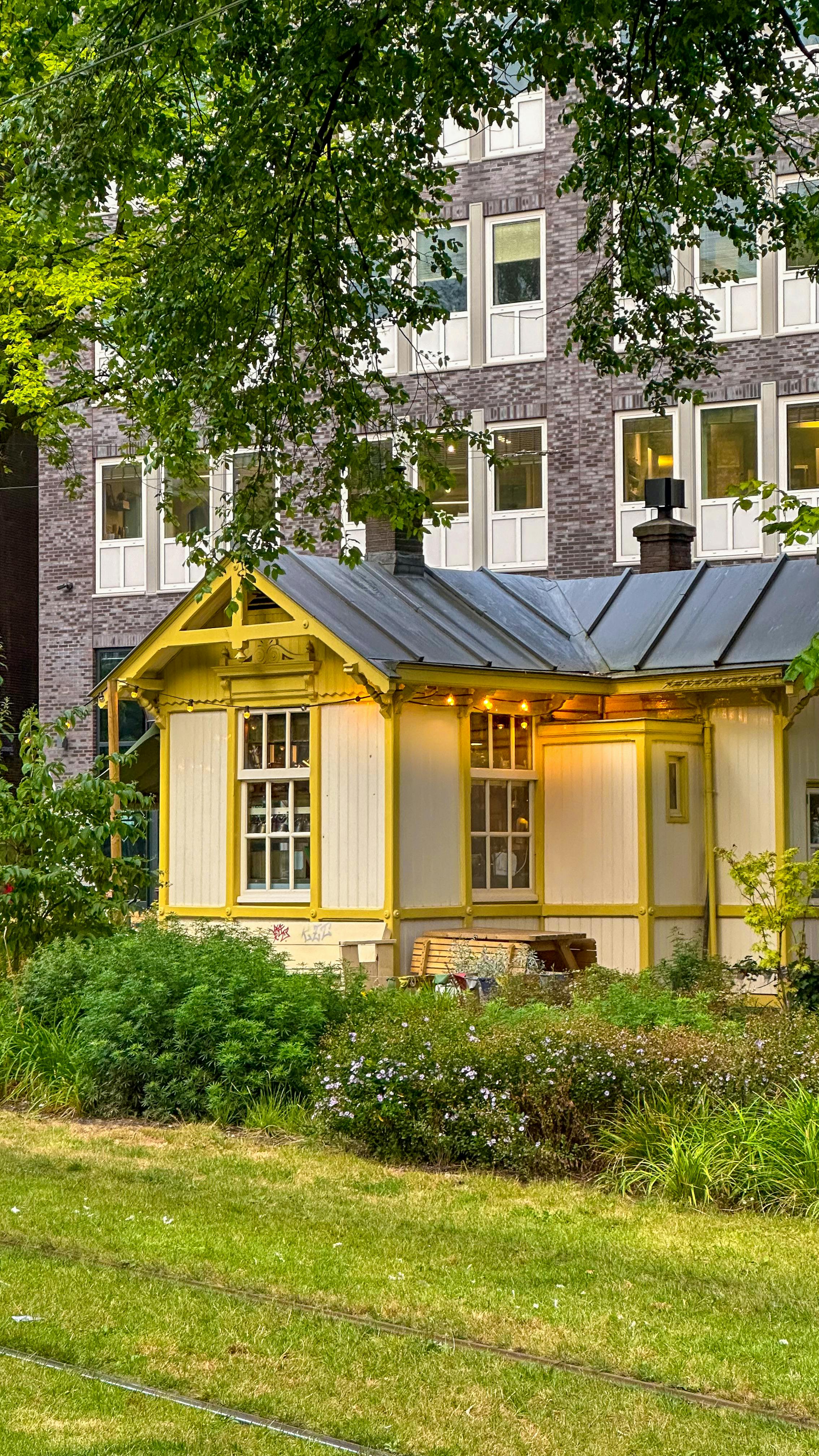
Pros and Cons of Prefabricated Homes
Prefabricated homes, also known as prefab or modular homes, have revolutionized the housing industry with their affordability, efficiency, and sustainability. Unlike traditional homes, which are constructed entirely on-site, prefab homes are manufactured in a factory and assembled at their final location. This modern construction method significantly reduces building time, minimizes material waste, and lowers overall costs.
One of the biggest advantages of prefab homes is faster construction. Since major components are built in a factory setting, the risk of weather delays and on-site labor issues is minimized. Prefab homes are also more cost-effective, as manufacturers can purchase materials in bulk and optimize production processes. Additionally, they are environmentally friendly, reducing material waste and often incorporating energy-efficient designs.
However, prefab homes do come with certain limitations. Customization options may be limited, as manufacturers work within standardized designs to maintain efficiency. Transportation and site preparation can also be challenging, as large prefab sections must be carefully delivered and assembled. Furthermore, securing financing for a prefab home can sometimes be more difficult compared to traditional mortgages, as some lenders consider them riskier investments.
Despite these challenges, prefab homes remain an attractive option for those seeking an affordable, high-quality, and energy-efficient housing solution. Whether you're a first-time homebuyer, an investor, or looking for a sustainable housing alternative, understanding the pros and cons of prefab homes can help you make an informed decision.






